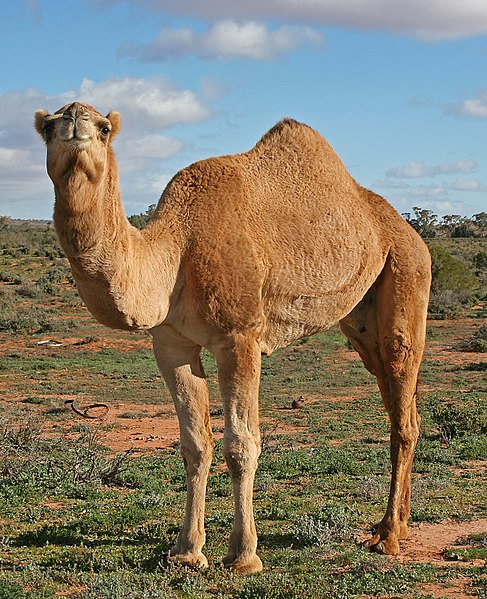The Forgotten Essential
There is one item that must ALWAYS be part of any expedition into the wild. There are NO exceptions to this rule; no matter what the conditions, be it the polar ice cap or the Congo, you will need it. Survival without it is impossible, death from lack of it is assured (and sometimes quite rapid) and its availability will often determine the course and nature of a longer distance hike.
This forgotten essential is water. Water is the MOST VITAL piece of hiking equipment.

Water must be part of every expedition of greater than one mile into the wild. This is not a recommendation, it is mandatory. It is the ONE ITEM whose lack will ALWAYS lead to bad things.
The only certain rule with water is that you must bring enough. For the beginning hiker, this is often hard to gauge. Those who have never done any rigorous exercise or outdoor work may be quite shocked to realize how much their own body’s need for water can increase during strenuous activity.
The answer to each of the following statements is WRONG
- I am only going a few miles, I won’t need water
- It’s cool out and overcast, I won’t need water
- It’s raining out, I won’t need water
- There’s water along the way I won’t need to bring any
- It’s winter and it’s snowing out, I won’t need water
- It’s all downhill, I’m good
- I work out 3 hours a day, I don’t need water
- I’m not thirsty
- Me strong like bull! No need sissy water!
Perhaps the most common misconception is that you only need to drink when you are thirsty. This is akin to saying that you only need to drive carefully when see a brick wall in front of you. By the time you feel thirsty it may already be too late. Dehydration is the most common danger one will face in the outdoors, and it can come upon a person with surprising speed.
Your water needs must be tailored to your individual needs and consumption. These are Brian’s general guidelines:
- The Rule of One Mile absolutely applies to water.
- The hotter it is, the more you will need
- The drier it is, the more you will need
- The more strenuous the work, the more you will need
- The further you go, the more you will need
- If you go beyond a certain point, you will need to find a water source, because a human being can only carry so much
- Virtually all multi-day hikes MUST be planned around available water sources. This is true of ALL areas not just arid ones
Be aware of the state of your water supply at all times.
